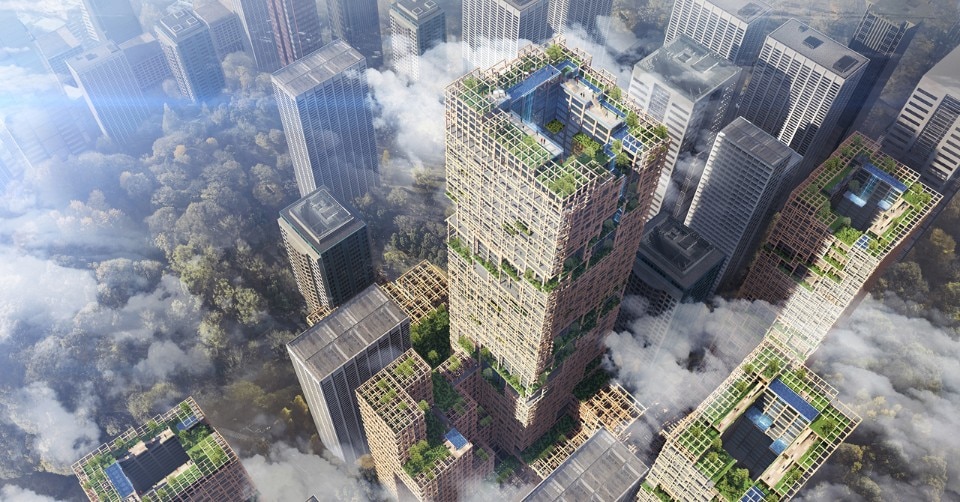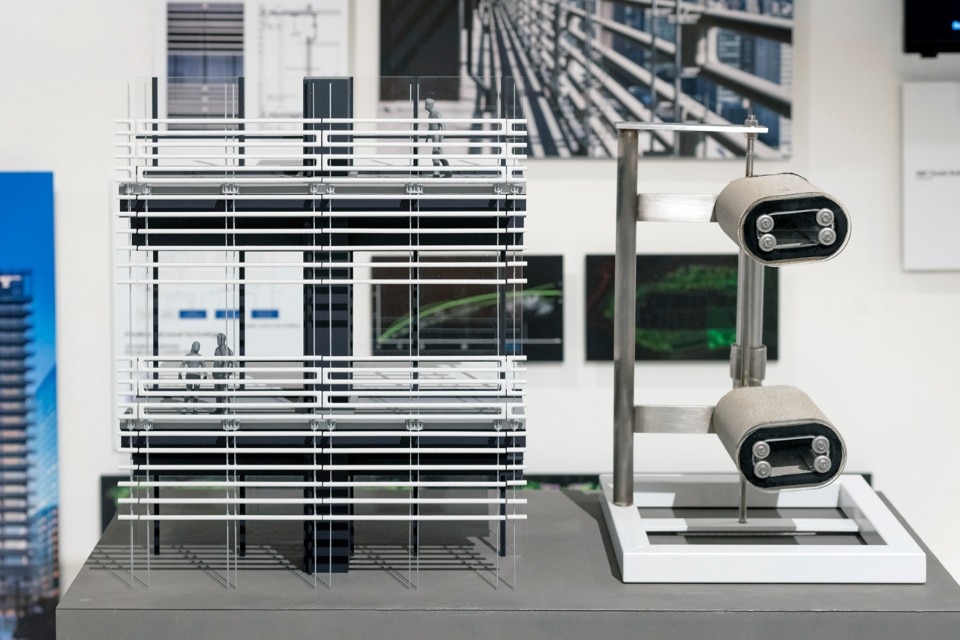At Nikken Sekkei, integration has become not only a pay-off, but a semantic interface with the construction world. Sekkei is first of all both a witness and a player of an historical phase spanning over the last century, a collective professional figure stretching its field of action across a specific discipline through the methodological framework of service, thus the reaching the status of a company, more than a firm or a studio.
Global scale was soon brought into the planning and building practice of this company, making it a historical companion — and an occasional professional partner — of others such as Skidmore, Owings & Merrill.
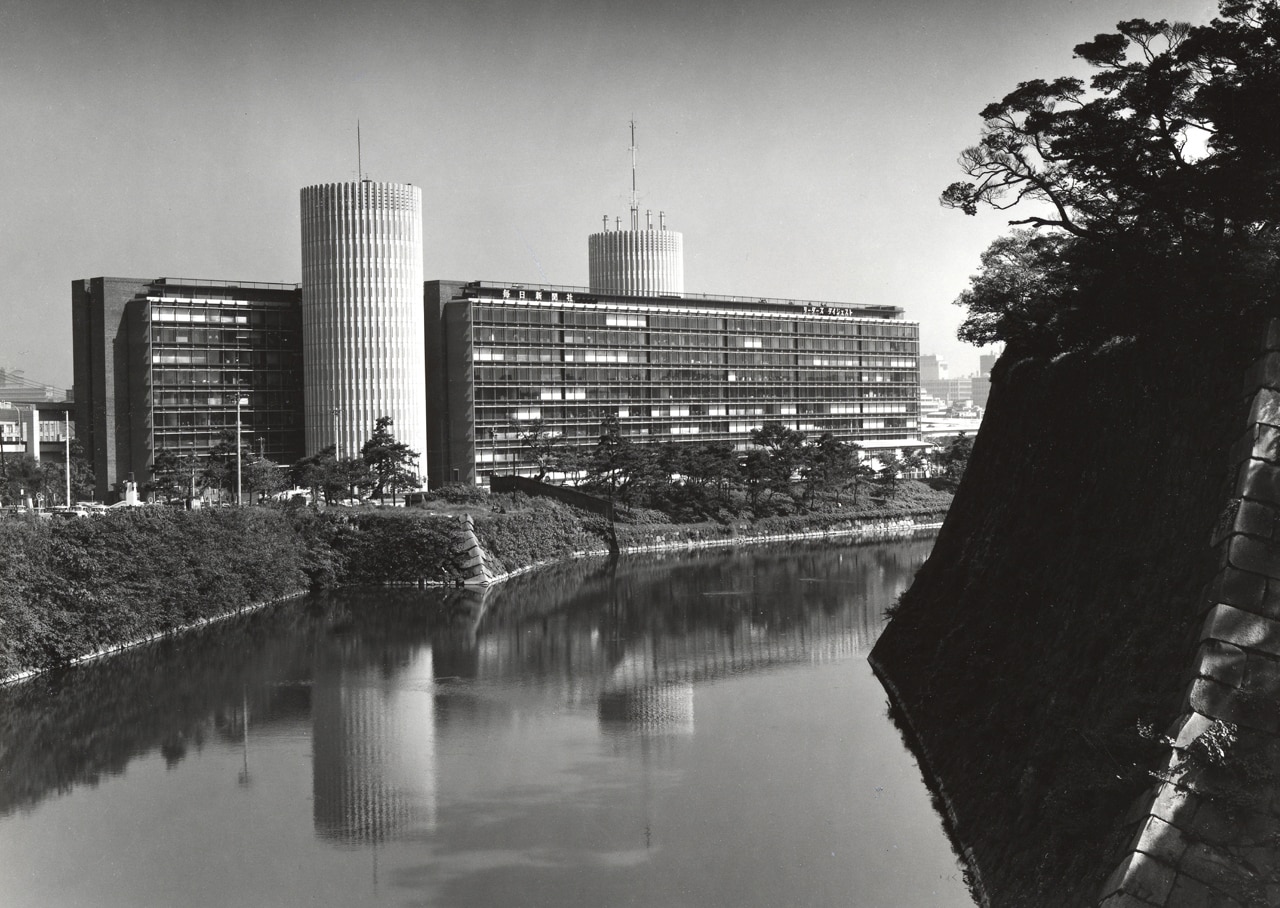
 View gallery
View gallery
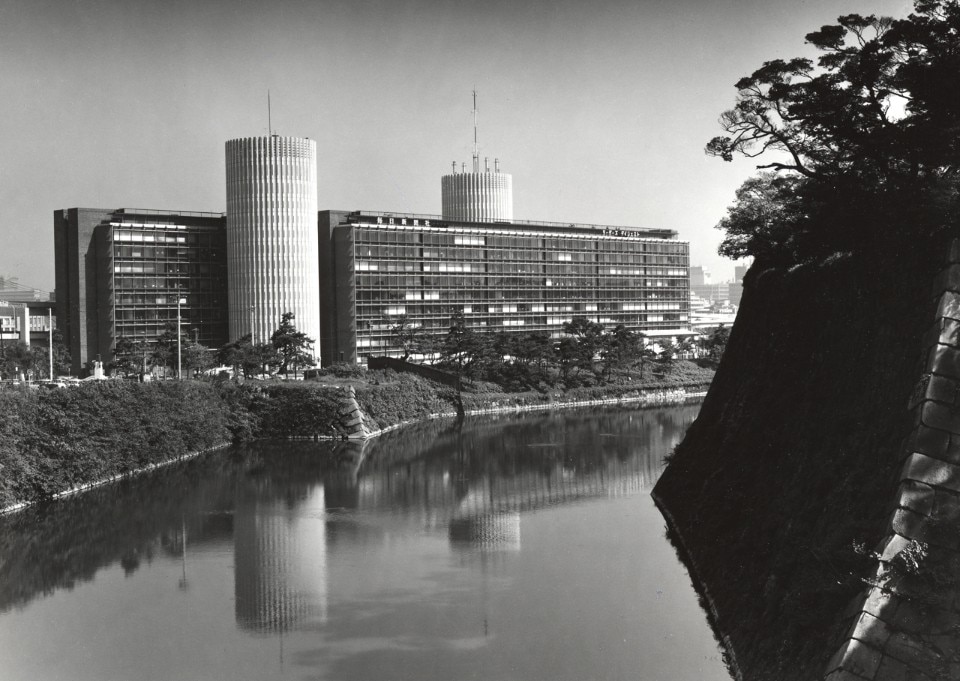
Experience, integrated. Nikken Sekkei
Images from the exhibition exploring more than a century in design practice by a global-scale Japanese company.
Nikken Sekkei, Palaceside Building, Tokyo 1966. Courtesy Architekturgalerie München
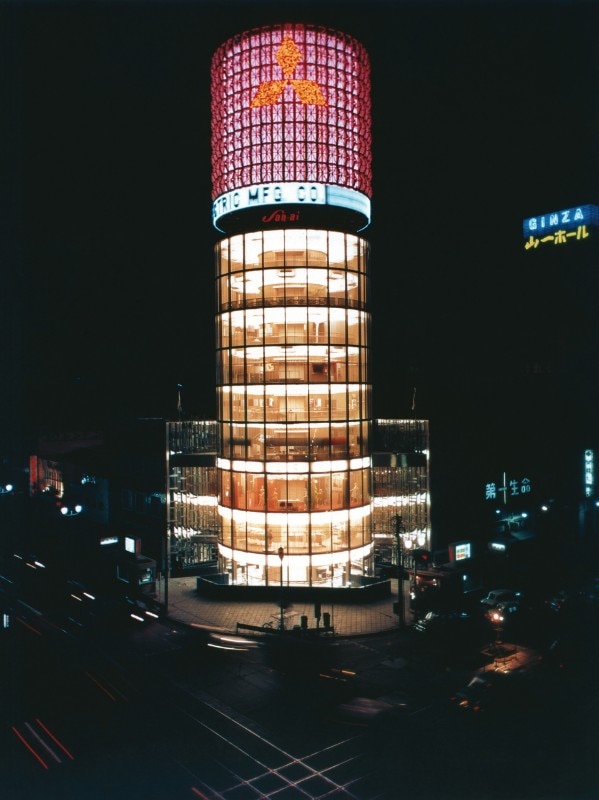
Experience, integrated. Nikken Sekkei
Images from the exhibition exploring more than a century in design practice by a global-scale Japanese company.
Nikken Sekkei, San'ai Building, Tokyo, 1963. Courtesy Architekturgalerie München
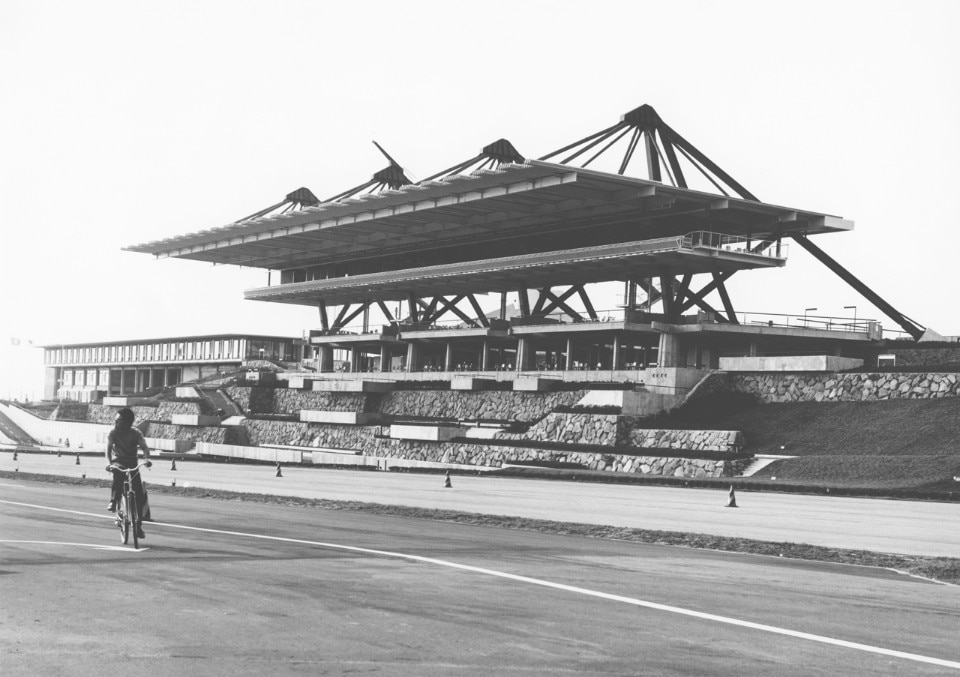
Experience, integrated. Nikken Sekkei
Images from the exhibition exploring more than a century in design practice by a global-scale Japanese company.
Nikken Sekkei, Japan Cycle Sports Center, Shuzenzi ,Shizuoka Prefecture, 1971. Courtesy Architekturgalerie München
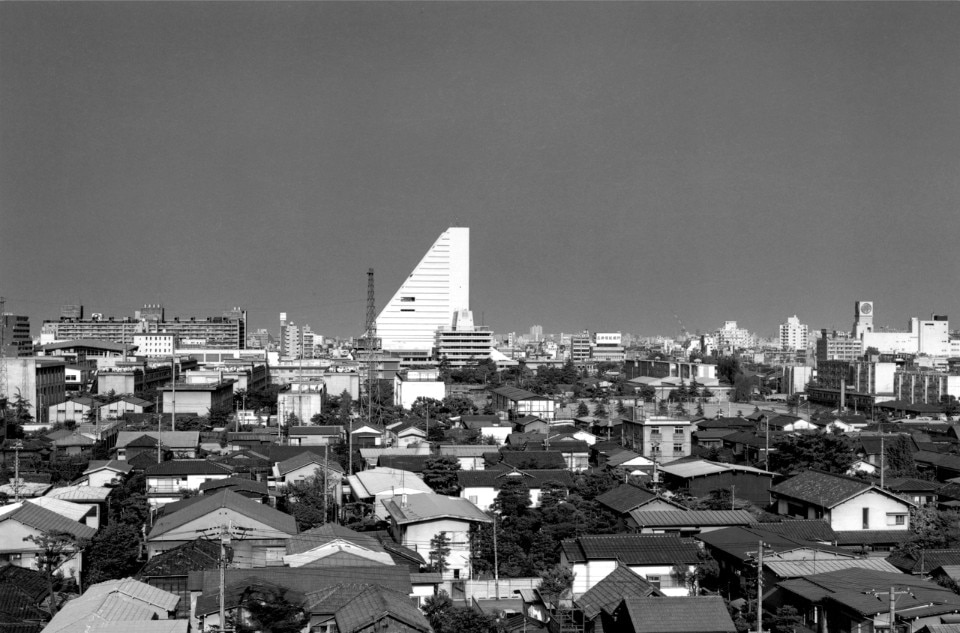
Experience, integrated. Nikken Sekkei
Images from the exhibition exploring more than a century in design practice by a global-scale Japanese company.
Nikken Sekkei, National Labo Youth Center, Nakano Sun Plaza, Tokyo, 1973. Courtesy Architekturgalerie München
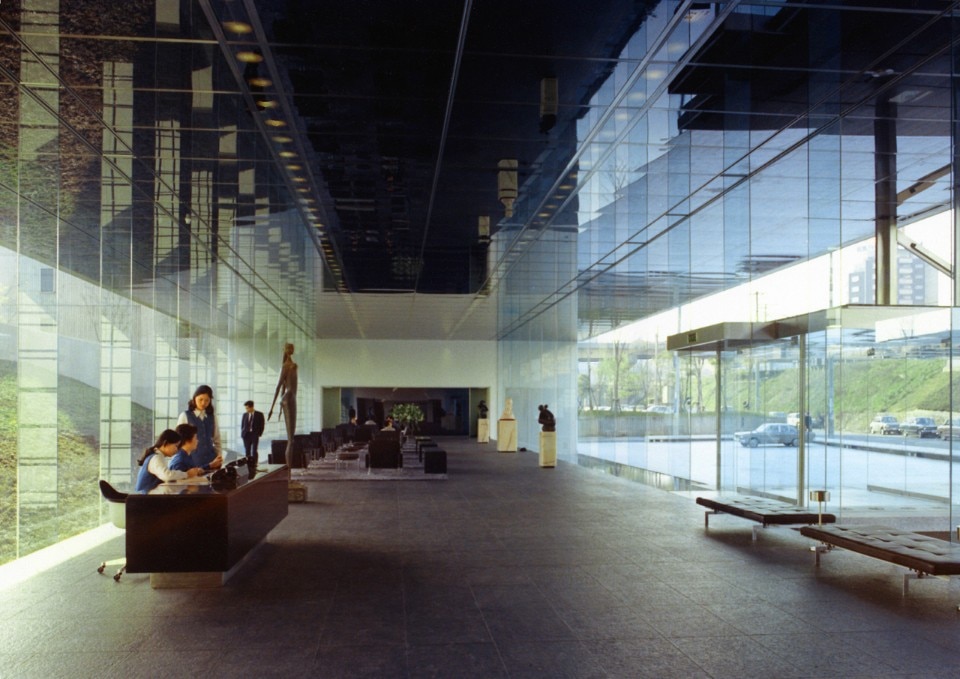
Experience, integrated. Nikken Sekkei
Images from the exhibition exploring more than a century in design practice by a global-scale Japanese company.
Nikken Sekkei, Home Office of the POLA Cosmetics Company, Tokyo. 1971. Courtesy Architekturgalerie München
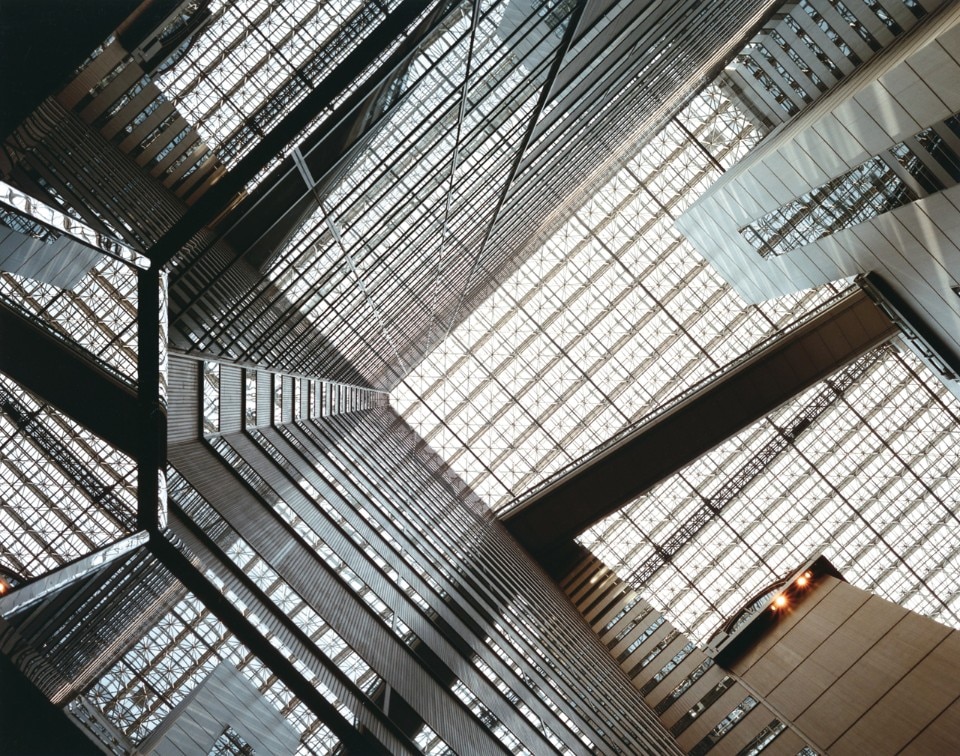
Experience, integrated. Nikken Sekkei
Images from the exhibition exploring more than a century in design practice by a global-scale Japanese company.
Nikken Sekkei, Shinjuku NS Building, Tokyo, 1982. Courtesy Architekturgalerie München
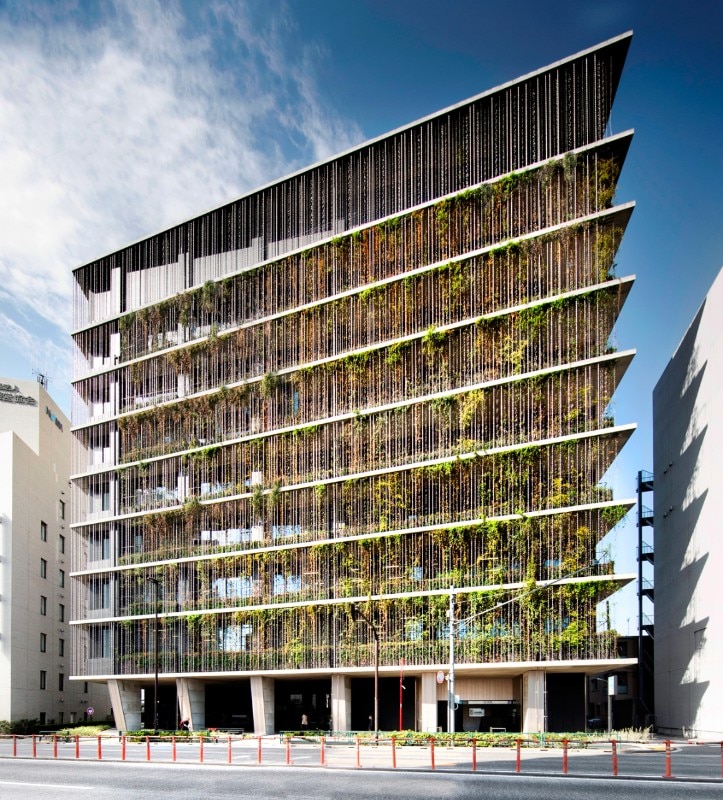
Experience, integrated. Nikken Sekkei
Images from the exhibition exploring more than a century in design practice by a global-scale Japanese company.
Nikken Sekkei, CO-OP Kyosai Plaza, 2016, Tokyo. Courtesy Architekturgalerie München
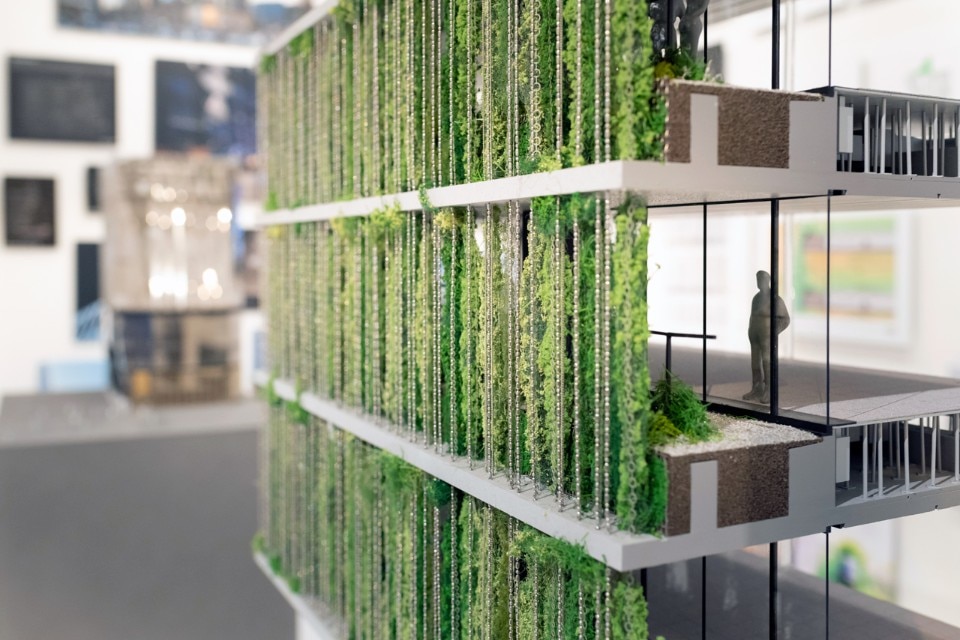
Experience, integrated. Nikken Sekkei
Images from the exhibition exploring more than a century in design practice by a global-scale Japanese company.
Nikken Sekkei, CO-OP Kyosai Plaza, 2016, Tokyo, in “Experience, integrated. Nikken Sekkei”, Architekturgalerie München, Munich, 2018. Exhibition view. Courtesy Architekturgalerie München
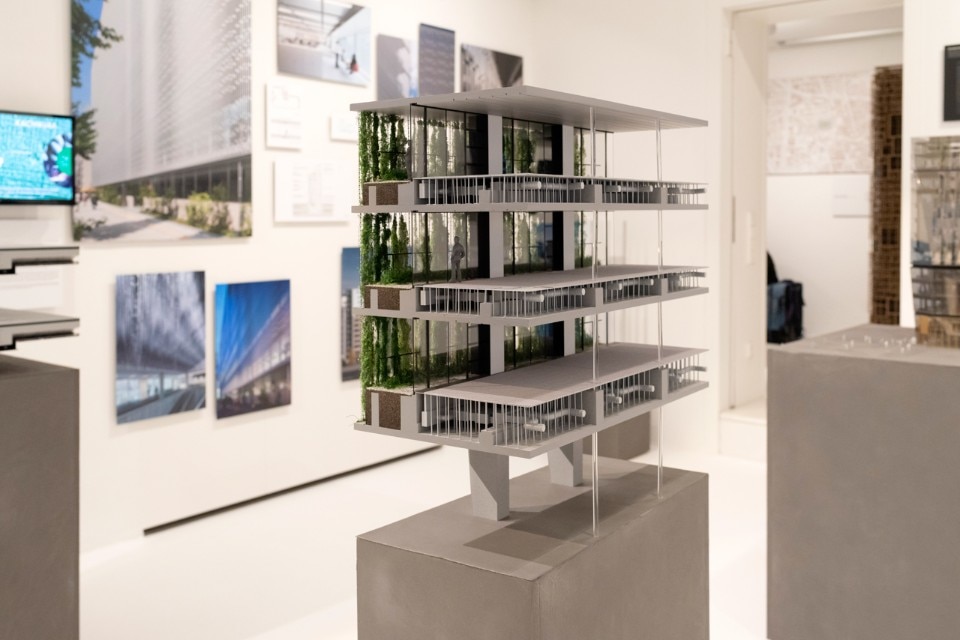
Experience, integrated. Nikken Sekkei
Images from the exhibition exploring more than a century in design practice by a global-scale Japanese company.
Nikken Sekkei, CO-OP Kyosai Plaza, 2016, Tokyo, in “Experience, integrated. Nikken Sekkei”, Architekturgalerie München, Munich, 2018. Exhibition view. Courtesy Architekturgalerie München
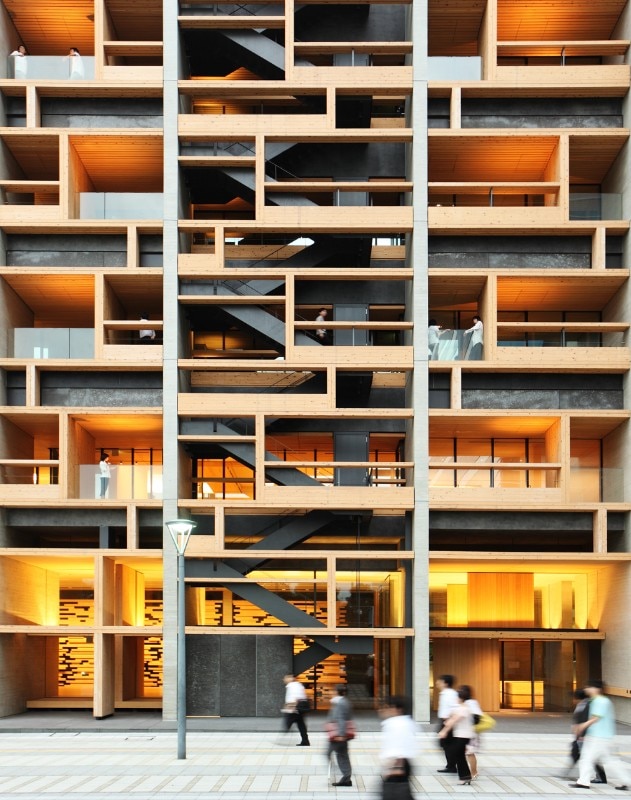
Experience, integrated. Nikken Sekkei
Images from the exhibition exploring more than a century in design practice by a global-scale Japanese company.
Nikken Sekkei, Mokuzai Kaikan, office building,Tokyo, 2009. Courtesy Architekturgalerie München
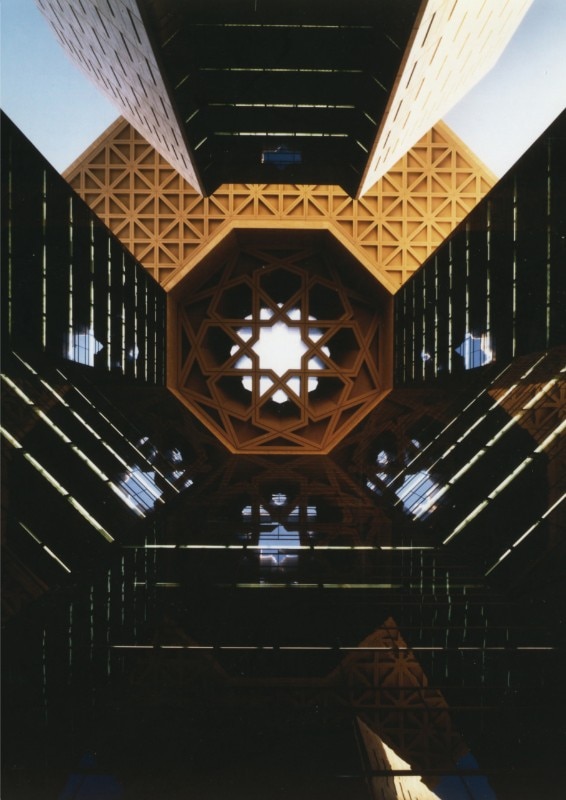
Experience, integrated. Nikken Sekkei
Images from the exhibition exploring more than a century in design practice by a global-scale Japanese company.
Nikken Sekkei, headquarters of the Islamic Development Bank, Jeddah, Saudi Arabia, 1993. Courtesy Architekturgalerie München
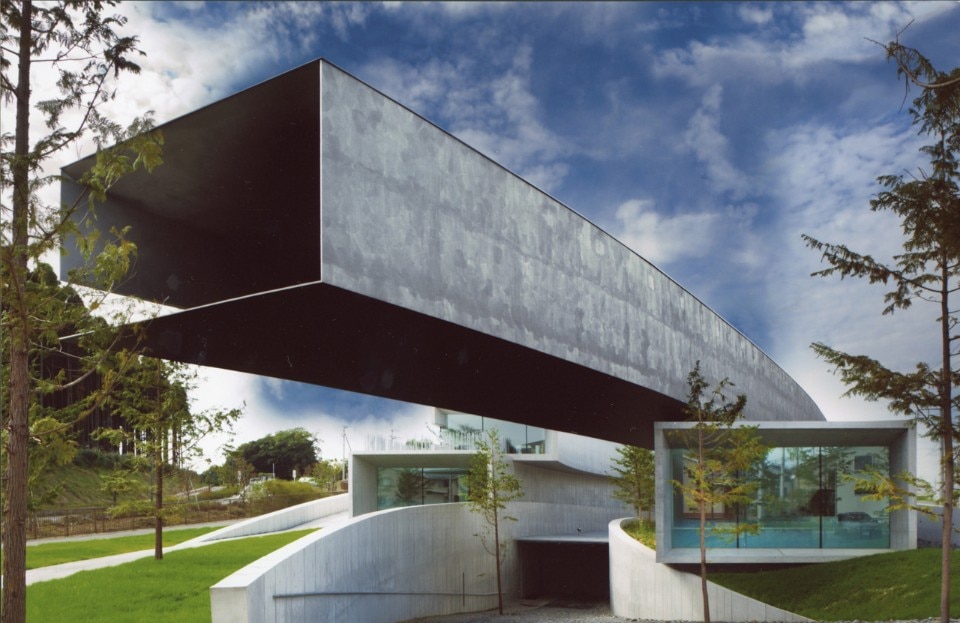
Experience, integrated. Nikken Sekkei
Images from the exhibition exploring more than a century in design practice by a global-scale Japanese company.
Nikken Sekkei, Hoki Museum, 2010, Chiba. Courtesy Architekturgalerie München
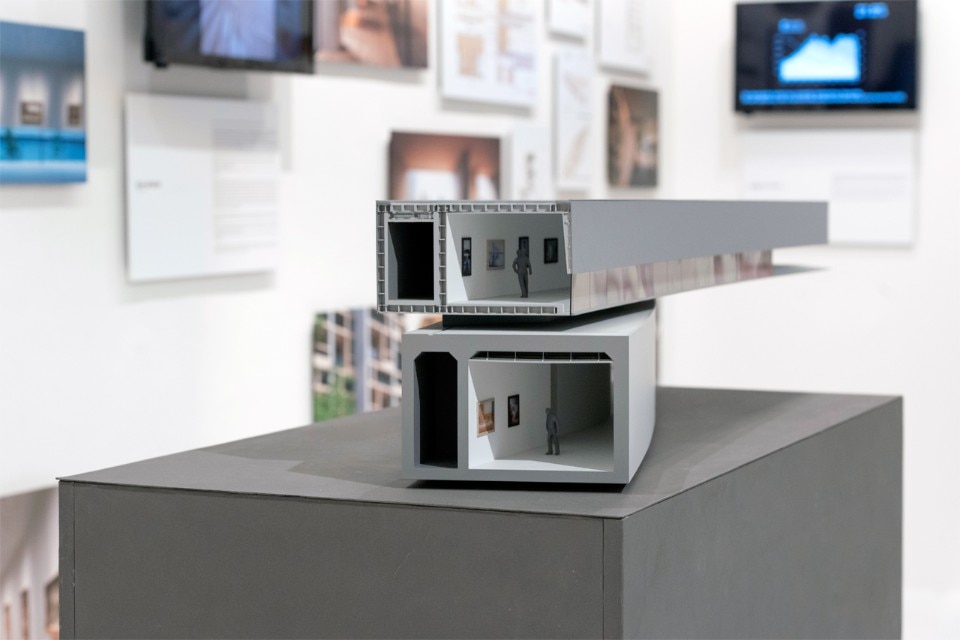
Experience, integrated. Nikken Sekkei
Images from the exhibition exploring more than a century in design practice by a global-scale Japanese company.
Nikken Sekkei, Hoki Museum, 2010, Chiba, in “Experience, integrated. Nikken Sekkei”, Architekturgalerie München, Munich, 2018. Exhibition view. Courtesy Architekturgalerie München
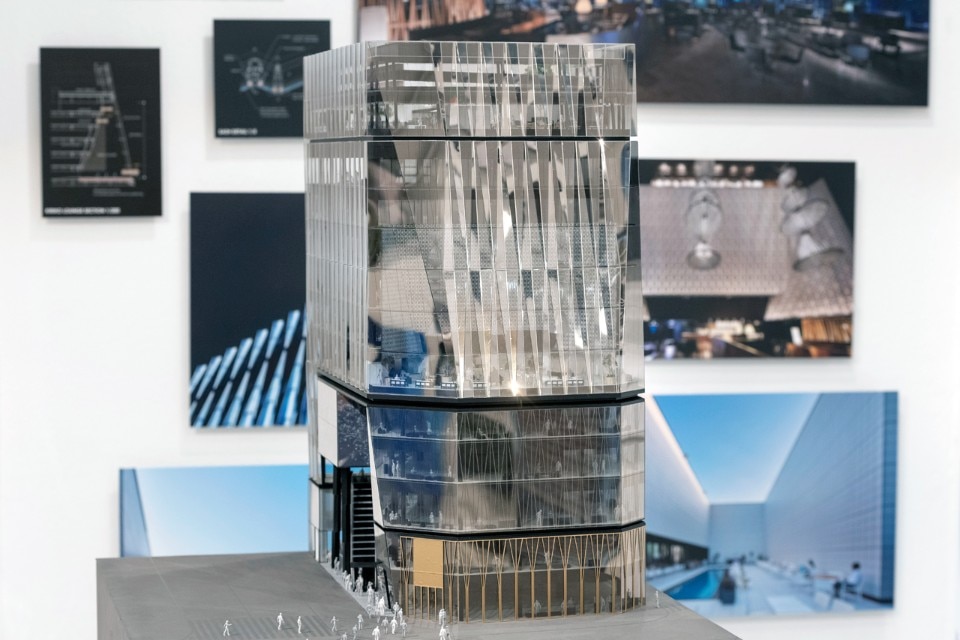
Experience, integrated. Nikken Sekkei
Images from the exhibition exploring more than a century in design practice by a global-scale Japanese company.
Nikken Sekkei, Tokyu Plaza Ginza, 2016, Tokyo, in “Experience, integrated. Nikken Sekkei”, Architekturgalerie München, Munich, 2018. Exhibition view. Courtesy Architekturgalerie München
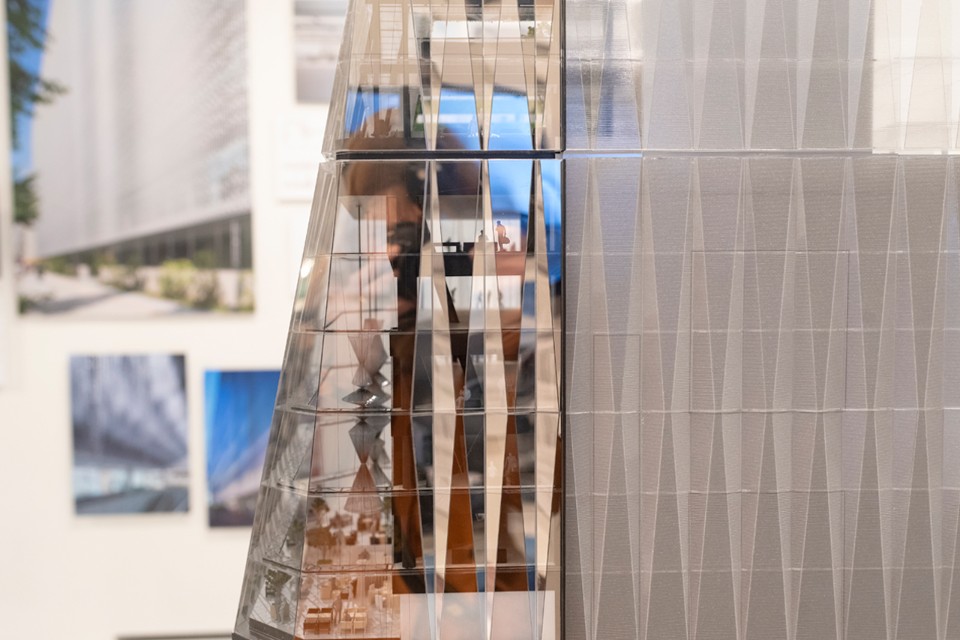
Experience, integrated. Nikken Sekkei
Images from the exhibition exploring more than a century in design practice by a global-scale Japanese company.
Nikken Sekkei, Tokyu Plaza Ginza, 2016, Tokyo, in “Experience, integrated. Nikken Sekkei”, Architekturgalerie München, Munich, 2018. Exhibition view. Courtesy Architekturgalerie München
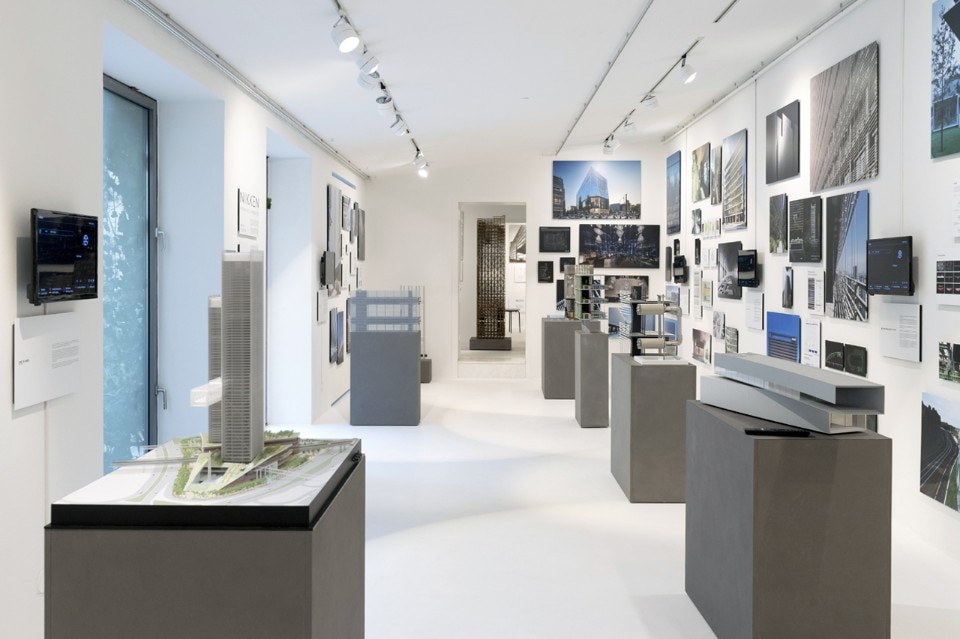
Experience, integrated. Nikken Sekkei
Images from the exhibition exploring more than a century in design practice by a global-scale Japanese company.
“Experience, integrated. Nikken Sekkei”, Architekturgalerie München, Munich, 2018. Exhibition view. Courtesy Architekturgalerie München
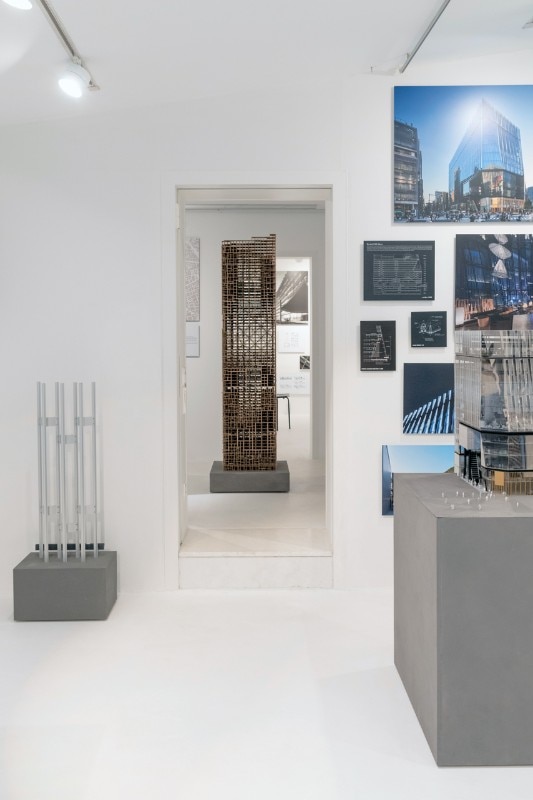
Experience, integrated. Nikken Sekkei
Images from the exhibition exploring more than a century in design practice by a global-scale Japanese company.
“Experience, integrated. Nikken Sekkei”, Architekturgalerie München, Munich, 2018. Exhibition view. Courtesy Architekturgalerie München
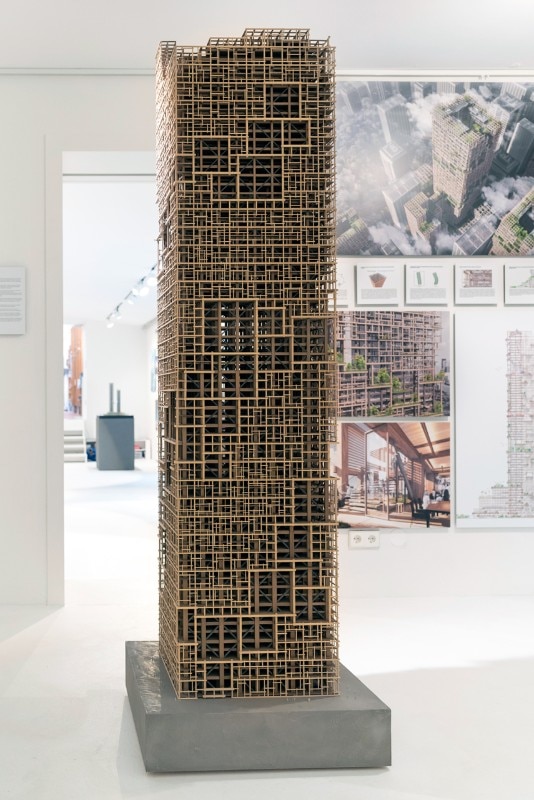
Experience, integrated. Nikken Sekkei
Images from the exhibition exploring more than a century in design practice by a global-scale Japanese company.
Sumitomo Forestry & Nikken Sekkei, W350 PROJECT, 2018, Tokyo, in “Experience, integrated. Nikken Sekkei”, Architekturgalerie München, Munich, 2018. Exhibition view. Courtesy Architekturgalerie München
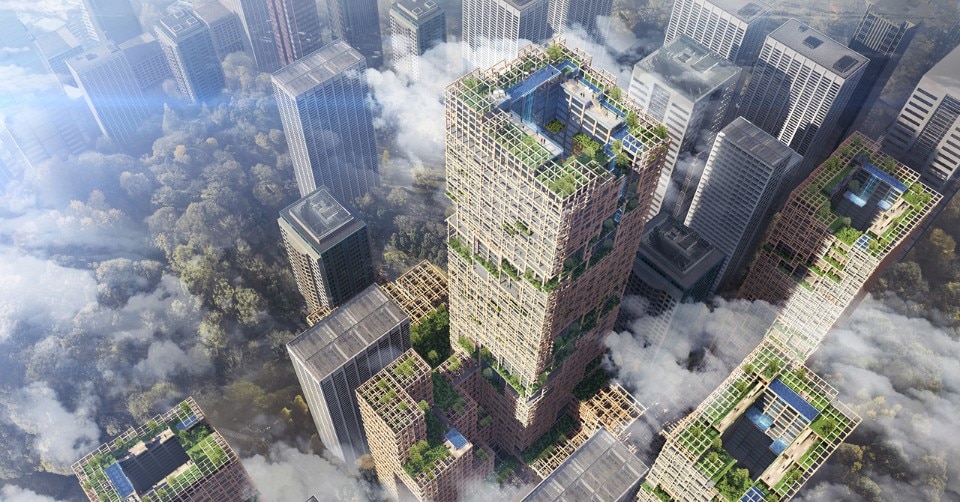
Experience, integrated. Nikken Sekkei
Images from the exhibition exploring more than a century in design practice by a global-scale Japanese company.
Sumitomo Forestry & Nikken Sekkei, W350 PROJECT, 2018, Tokyo. Courtesy Architekturgalerie München
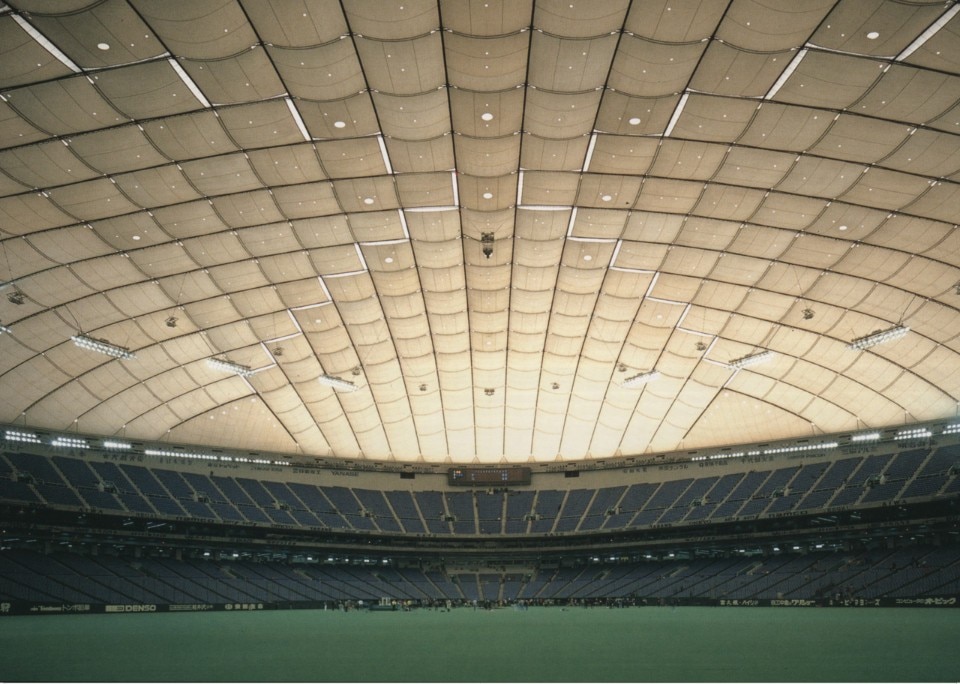
Experience, integrated. Nikken Sekkei
Images from the exhibition exploring more than a century in design practice by a global-scale Japanese company.
Nikken Sekkei, Tokyo Dome, Tokyo 1988. Courtesy Architekturgalerie München
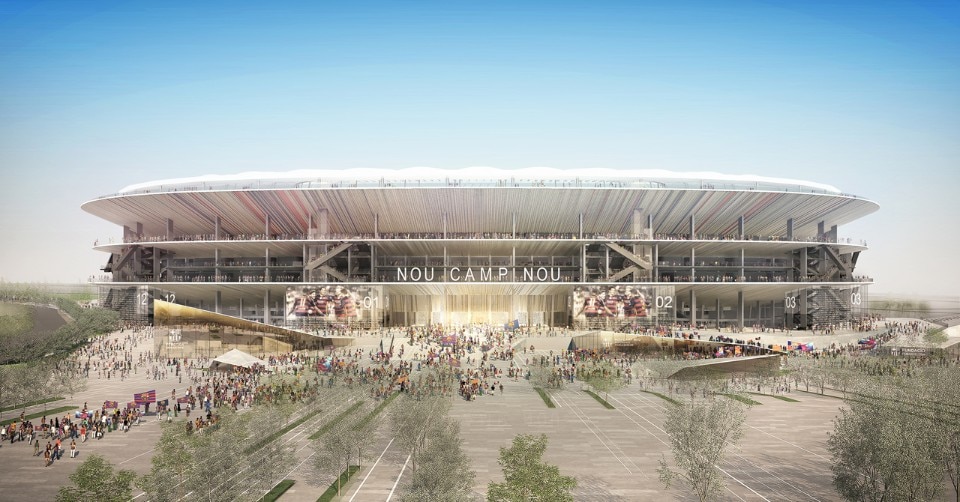
Experience, integrated. Nikken Sekkei
Images from the exhibition exploring more than a century in design practice by a global-scale Japanese company.
Nikken Sekkei, The Futur Camp Nou, Barcelona, Completed 2022. Courtesy Architekturgalerie München
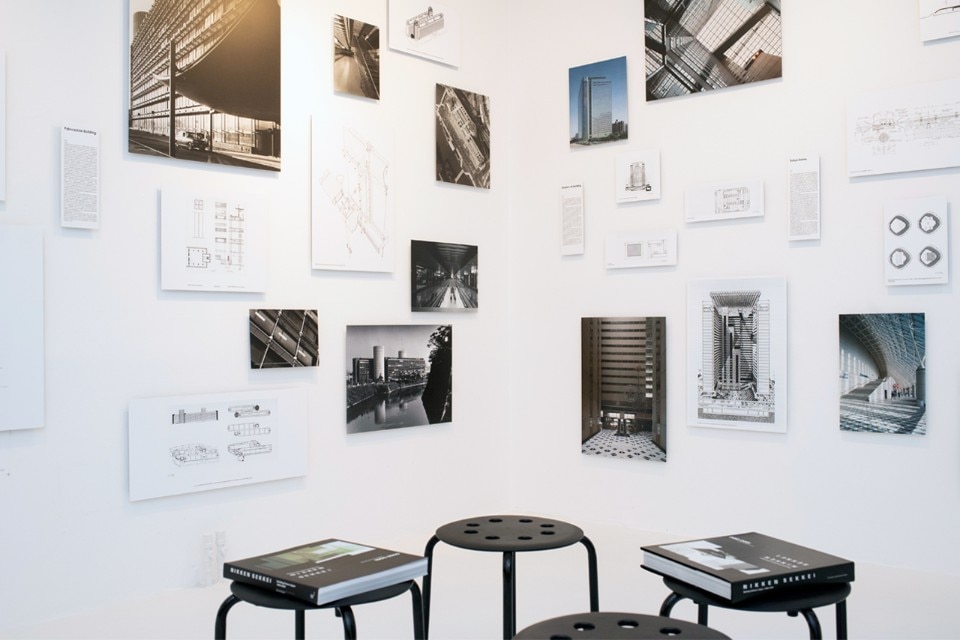
Experience, integrated. Nikken Sekkei
Images from the exhibition exploring more than a century in design practice by a global-scale Japanese company.
“Experience, integrated. Nikken Sekkei”, Architekturgalerie München, Munich, 2018. Exhibition view. Courtesy Architekturgalerie München

Experience, integrated. Nikken Sekkei
Images from the exhibition exploring more than a century in design practice by a global-scale Japanese company.
Nikken Sekkei, Palaceside Building, Tokyo 1966. Courtesy Architekturgalerie München

Experience, integrated. Nikken Sekkei
Images from the exhibition exploring more than a century in design practice by a global-scale Japanese company.
Nikken Sekkei, San'ai Building, Tokyo, 1963. Courtesy Architekturgalerie München

Experience, integrated. Nikken Sekkei
Images from the exhibition exploring more than a century in design practice by a global-scale Japanese company.
Nikken Sekkei, Japan Cycle Sports Center, Shuzenzi ,Shizuoka Prefecture, 1971. Courtesy Architekturgalerie München

Experience, integrated. Nikken Sekkei
Images from the exhibition exploring more than a century in design practice by a global-scale Japanese company.
Nikken Sekkei, National Labo Youth Center, Nakano Sun Plaza, Tokyo, 1973. Courtesy Architekturgalerie München

Experience, integrated. Nikken Sekkei
Images from the exhibition exploring more than a century in design practice by a global-scale Japanese company.
Nikken Sekkei, Home Office of the POLA Cosmetics Company, Tokyo. 1971. Courtesy Architekturgalerie München

Experience, integrated. Nikken Sekkei
Images from the exhibition exploring more than a century in design practice by a global-scale Japanese company.
Nikken Sekkei, Shinjuku NS Building, Tokyo, 1982. Courtesy Architekturgalerie München

Experience, integrated. Nikken Sekkei
Images from the exhibition exploring more than a century in design practice by a global-scale Japanese company.
Nikken Sekkei, CO-OP Kyosai Plaza, 2016, Tokyo. Courtesy Architekturgalerie München

Experience, integrated. Nikken Sekkei
Images from the exhibition exploring more than a century in design practice by a global-scale Japanese company.
Nikken Sekkei, CO-OP Kyosai Plaza, 2016, Tokyo, in “Experience, integrated. Nikken Sekkei”, Architekturgalerie München, Munich, 2018. Exhibition view. Courtesy Architekturgalerie München

Experience, integrated. Nikken Sekkei
Images from the exhibition exploring more than a century in design practice by a global-scale Japanese company.
Nikken Sekkei, CO-OP Kyosai Plaza, 2016, Tokyo, in “Experience, integrated. Nikken Sekkei”, Architekturgalerie München, Munich, 2018. Exhibition view. Courtesy Architekturgalerie München

Experience, integrated. Nikken Sekkei
Images from the exhibition exploring more than a century in design practice by a global-scale Japanese company.
Nikken Sekkei, Mokuzai Kaikan, office building,Tokyo, 2009. Courtesy Architekturgalerie München

Experience, integrated. Nikken Sekkei
Images from the exhibition exploring more than a century in design practice by a global-scale Japanese company.
Nikken Sekkei, headquarters of the Islamic Development Bank, Jeddah, Saudi Arabia, 1993. Courtesy Architekturgalerie München

Experience, integrated. Nikken Sekkei
Images from the exhibition exploring more than a century in design practice by a global-scale Japanese company.
Nikken Sekkei, Hoki Museum, 2010, Chiba. Courtesy Architekturgalerie München

Experience, integrated. Nikken Sekkei
Images from the exhibition exploring more than a century in design practice by a global-scale Japanese company.
Nikken Sekkei, Hoki Museum, 2010, Chiba, in “Experience, integrated. Nikken Sekkei”, Architekturgalerie München, Munich, 2018. Exhibition view. Courtesy Architekturgalerie München

Experience, integrated. Nikken Sekkei
Images from the exhibition exploring more than a century in design practice by a global-scale Japanese company.
Nikken Sekkei, Tokyu Plaza Ginza, 2016, Tokyo, in “Experience, integrated. Nikken Sekkei”, Architekturgalerie München, Munich, 2018. Exhibition view. Courtesy Architekturgalerie München

Experience, integrated. Nikken Sekkei
Images from the exhibition exploring more than a century in design practice by a global-scale Japanese company.
Nikken Sekkei, Tokyu Plaza Ginza, 2016, Tokyo, in “Experience, integrated. Nikken Sekkei”, Architekturgalerie München, Munich, 2018. Exhibition view. Courtesy Architekturgalerie München

Experience, integrated. Nikken Sekkei
Images from the exhibition exploring more than a century in design practice by a global-scale Japanese company.
“Experience, integrated. Nikken Sekkei”, Architekturgalerie München, Munich, 2018. Exhibition view. Courtesy Architekturgalerie München

Experience, integrated. Nikken Sekkei
Images from the exhibition exploring more than a century in design practice by a global-scale Japanese company.
“Experience, integrated. Nikken Sekkei”, Architekturgalerie München, Munich, 2018. Exhibition view. Courtesy Architekturgalerie München

Experience, integrated. Nikken Sekkei
Images from the exhibition exploring more than a century in design practice by a global-scale Japanese company.
Sumitomo Forestry & Nikken Sekkei, W350 PROJECT, 2018, Tokyo, in “Experience, integrated. Nikken Sekkei”, Architekturgalerie München, Munich, 2018. Exhibition view. Courtesy Architekturgalerie München

Experience, integrated. Nikken Sekkei
Images from the exhibition exploring more than a century in design practice by a global-scale Japanese company.
Sumitomo Forestry & Nikken Sekkei, W350 PROJECT, 2018, Tokyo. Courtesy Architekturgalerie München

Experience, integrated. Nikken Sekkei
Images from the exhibition exploring more than a century in design practice by a global-scale Japanese company.
Nikken Sekkei, Tokyo Dome, Tokyo 1988. Courtesy Architekturgalerie München

Experience, integrated. Nikken Sekkei
Images from the exhibition exploring more than a century in design practice by a global-scale Japanese company.
Nikken Sekkei, The Futur Camp Nou, Barcelona, Completed 2022. Courtesy Architekturgalerie München

Experience, integrated. Nikken Sekkei
Images from the exhibition exploring more than a century in design practice by a global-scale Japanese company.
“Experience, integrated. Nikken Sekkei”, Architekturgalerie München, Munich, 2018. Exhibition view. Courtesy Architekturgalerie München
With over 2,600 employees, more than 25,000 projects realized in 50 countries since its founding in 1900 as the Tentative Architecture Department of the powerful Sumitomo financial empire, Nikken Sekkei is the oldest architecture firm in Japan.
Through its philosophy of design as a consulting practice, it has embodied different zeitgeist and different requests of the social systems it worked for — making this priority come before any imposition of an individual stylistic statement. Such an approach can be noticed by reading through the vast production of the company, from the metabolist masses of the Pola building, to the formal references of projects for Saudi Arabia and Egypt, the hi-tech enthusiasm of Kansai airport, co-designed with Renzo Piano, up to recent experimentations aiming to re-naturalize city life although maintaining the control of its artificial dimension.
Still, a formal feature remains, distinguishing Nikken Sekkei from SOM, that “…paradoxical Japanese penchant for a heavy-weight construction” springing from building traditions and complex geography of Japan, as remarked in 2000 by Kenneth Frampton.
Through the “Experience, Integrated” exhibition, Architekturgalerie München retraces such evolutionary trajectory, by re-exploring iconic projects such as the ones we just mentioned, the Palaceside Building in Tokyo (currently listed as architectural heritage), Hoki Museum in Chiba, and the real protagonists in Nikken Sekkei’s production: the massive service buildings such as the Shinjuku NS from 1982. A diachronic account of how the global dimension of design companies still remains a major player in the transformation of contemporary cities.
- Exhibition:
- Experience, Integrated. Nikken Sekkei
- Venue:
- Architekturgalerie München
- Address:
- Türkenstraße 30, 80333 Monaco di Baviera
- Opening dates:
- until 1 March 2019


